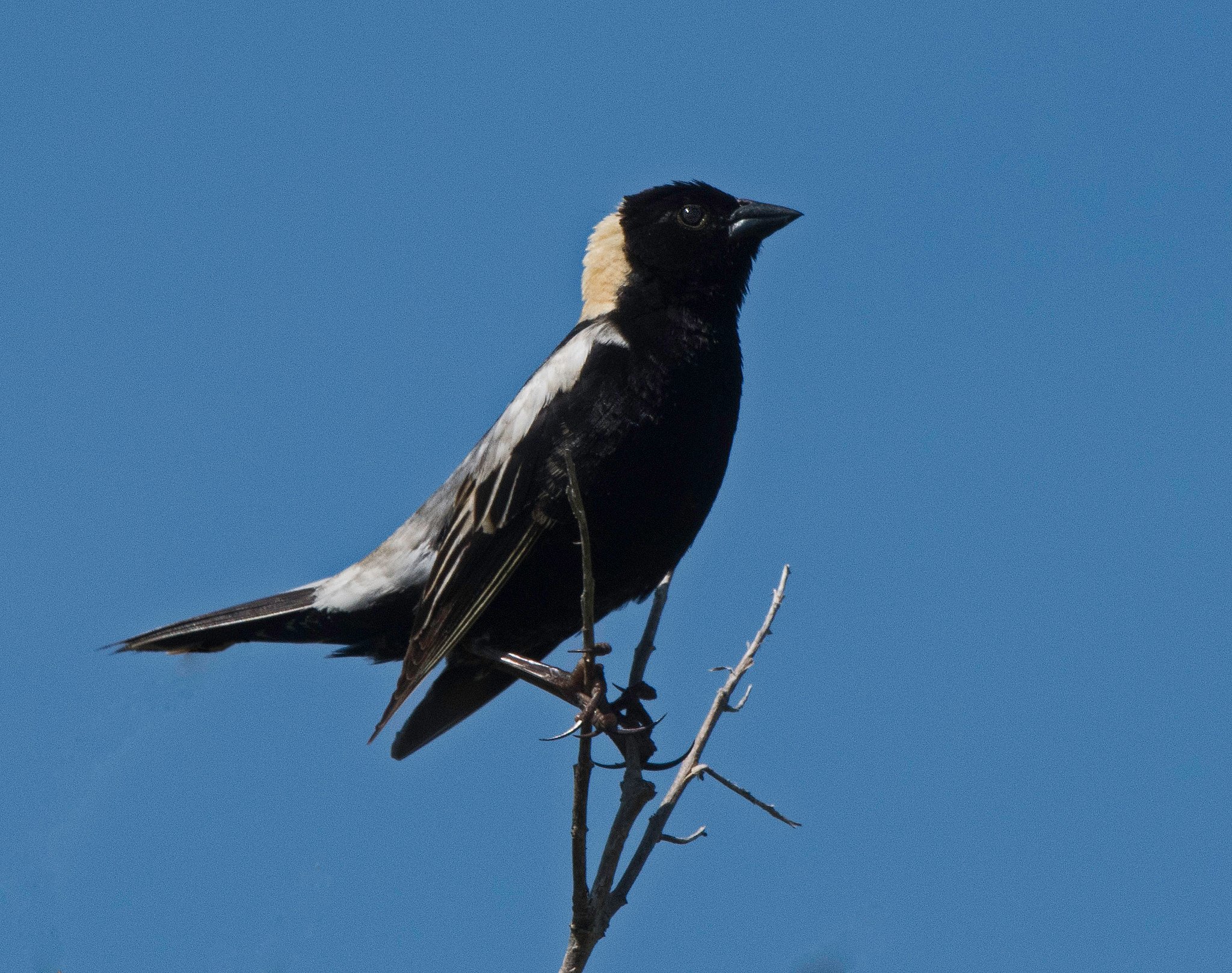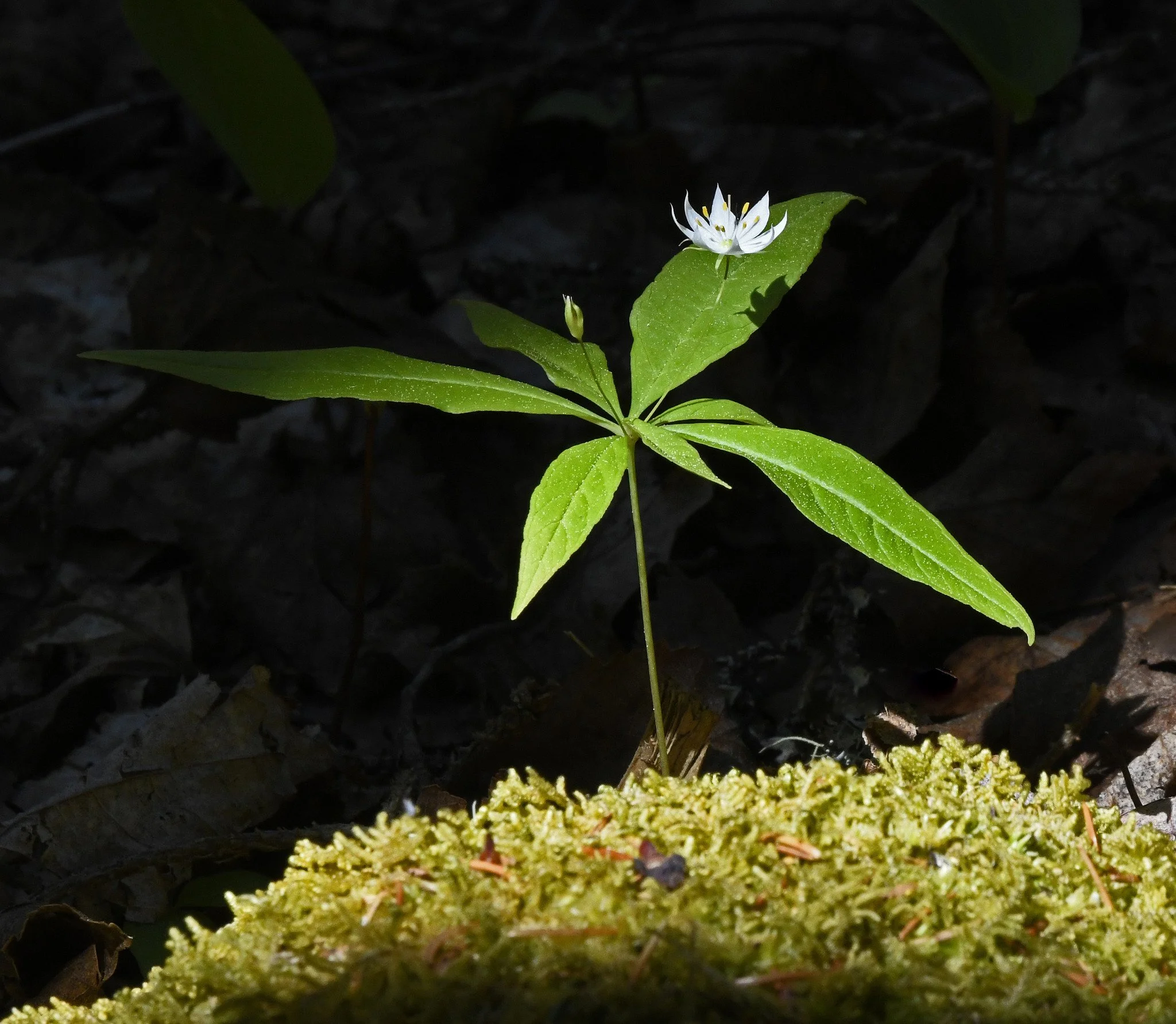At this time of year, Bunchberry (Cornus canadensis) is characterized by what appears to be a single, white, four-petaled flower within the center of a whirl of green, ovate leaves. However, those white petals are special protective leaves (“bracts”) surrounding a flower head made of the plant’s real, but tiny, greenish-brown flowers.
In late July and/or August, those bracts and flowers will be replaced by the plant’s fruits, which are tight clusters (“bunches”) of green berries that soon turn shiny red. Apparently, the fruit is a good source of pectin. Native Americans in Maine reportedly ate the fruits raw, used them in puddings and sauces, dried them for winter use, and used an infusion of the plant’s leaves as a purging tea.
This wildflower grows in mixed woods and bogs and is one of the few members of the dogwood family that is a creeping groundcover and not a tree or shrub. In some good-growing areas, Bunchberry will colonize a large area:


































































































